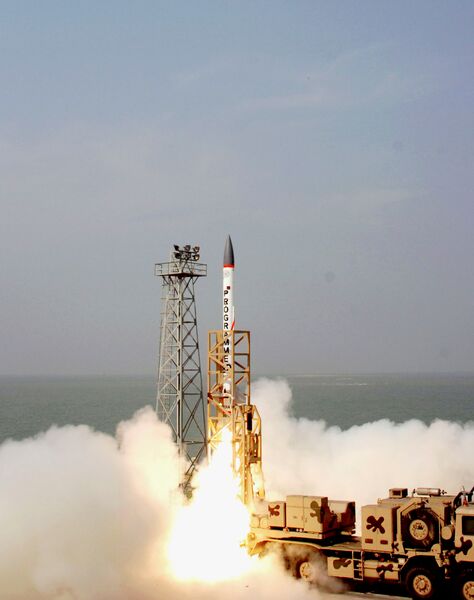
An Ashwin AAD interceptor launched from Wheeler Island. (Government of India Press Information Bureau)
South Asia has traditionally been protected from neighbouring territorial conquests by a geological ‘Maginot Line' consisting of the Himalayas in its north and northeast and the Hindu Kush mountain range in the northwest.
In recent years, the vulnerability of the region – especially northern India – has been highlighted by tensions over territory and China's military modernisation. This escalating threat perception has prompted India and Pakistan to invest in procuring new ground-based air-defence (GBAD) systems.
In the 21st century, India and Pakistan have maintained a land-based détente on the border, which broke down with the Balakot airstrikes by the Indian Air Force (IAF) in February 2019, and the rejoinder air-to-air engagement under Operation ‘Swift Retort' by the Pakistan Air Force (PAF).
On the eastern front, border disputes between China and India on the Line of Actual Control (LAC) have flared up. The People's Liberation Army (PLA) has based strategic assets – including H-6K bombers and missile batteries – in Tibet in anticipation of asserting its claim on Indian territory in Ladakh and Arunachal Pradesh, and pre-empt any counter moves by India on the Gilgit Baltistan stretch of the China-Pakistan Economic Corridor.
Joint exercises by Pakistan and China in May 2021 have also led to concern in New Delhi that it may have to face a combined force on its borders in the near future, possibly single-handedly, with limited immediate assistance available from allied countries miles away.
Looking to read the full article?
Gain unlimited access to Janes news and more...







